U.S. Presidential Initiatives:
- Global Health Initiative
- President’s Emergency Plan for AIDS Relief
Funding Level:
$185 million
Duration:
March 2012 – March 2017
Activity Goals:
- Support the development of a national quality improvement policy, standards and syllabus in collaboration with key stakeholders
- Provide training on the science of improvement and develop systems that allow for the scale up and institutionalization of quality improvement
- Review and develop standards of care for orphans and vulnerable children and facilitate its rollout to service delivery points
- Build capacity for quality improvement and apply quality improvement techniques to meet health service goals in HIV care and treatment; malaria control; and maternal, newborn and child health
Activity Accomplishments:
- Supported the Ministry of Health to develop tools to institutionalize quality improvement and introduced these tools to all 47 county governments
- Established seven centers of excellence to support quality improvement
- Offered quality improvement training in 99 facilities and in 24 high-burden counties
Implementing Partner:
University Research CO., LLC
Key Partners:
Ministry of Health, Ministry of Labor Social Security and Services, National AIDS and STI Control Program
Activity Locations:
Nationwide
ACTIVITY OVERVIEW
The USAID Applying Science to Strengthen and Improve Systems Project (ASSIST) supports the Ministries of Health, the Ministry of Labor Social Security and Services, and other relevant partners to design, develop and implement strategies that enhance the quality of service delivery in the health sector and the care of orphans and vulnerable children in Kenya. The activity is guided by the National Health Sector Strategic Plan II and the Ministry of Labor Social Security and Services outlined priorities for improving quality of services.
ACTIVITY AREAS
The activity focuses on-
- Informing current and future government efforts and strategies to improve, institutionalize, and standardize quality improvement at the national level
- Building the capacity of the counties to institutionalize quality improvement
- Strengthening systems within the county government to support the institutionalization of quality improvement in child protection and orphans and vulnerable children to improve their welfare
- Working at the county level to improve quality of care in HIV care and treatment, elimination of mother-to-child transmission of HIV, maternal newborn and child health, and nutrition
ACTIVITY IMPACT
Alice (right) is a 32-year-old mother of six children. The youngest was born at the Msulwa dispensary in Kwale County, about 58 km from the coastal town of Mombasa, Kenya. Alice is happy because of the care she received at the dispensary.
“This place is nice because I was able to deliver my baby safely even though he was in breech position. I also took a warm bath after giving birth and this re-energized me such that on the day I was discharged, I preferred to walk home as opposed to taking a motorcycle which was readily available,” said Alice.
Alice started her antenatal care appointments when she was five months pregnant at the advice of an ASSIST birth champion, Lydia. Lydia checked on her regularly and helped Alice prepare a personal birth plan where she chose to deliver in a hospital.
Lydia explained to both Alice and her husband the dangers of delivering at home and the benefits of delivering in a hospital.
Msulwa Dispensary where Alice delivered her fifth and sixth babies, is one of the 21 health facilities that participated in the Kwale improvement collaborative supported by ASSIST. An improvement collaborative encourages a group of facilities to form improvement teams that are responsible for identifying problems within the facility and formulating possible solutions that are tested over time to determine effectiveness. Solutions that work are adopted while those that do not work are either modified or discarded.
USAID trained improvement teams on how to identify problems and develop locally-appropriate solutions. The transformation of traditional birth attendants to birth champions was just one of the solutions they used to address maternal mortality. Another was sharing the telephone numbers of midwives with expectant mothers so that if the women went into labor at night, they could call the midwives to come to the health facility. This ensured expectant mothers access to services 24 hours a day as opposed to the 8 hours that services were previously available.
Due to the solutions by improvement teams in Kwale County, coupled with the waiver of maternity fees in all public hospitals in June 2013, maternal mortality rates dropped from 590-700 per 100,000 live births in January 2011 to 346 per 100,000 live births in September 2013, according to the county health management team.
USAID Contact:
Alice Micheni
Activity Manager, USAID/Kenya
Tel: +254 714606709
Email: amicheni@usaid.gov
USAID ASSIST-Kenya Contact:
Dr. Faith Mwangi-Powell
Chief of Party
Tel: +254 725709109
Email: fmwangipowell@urc-chs.com
Website:
Updated August 2014

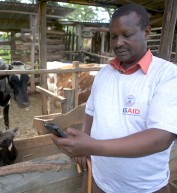
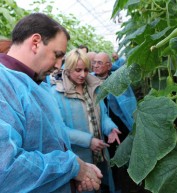
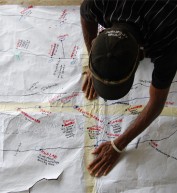
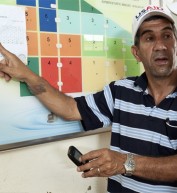

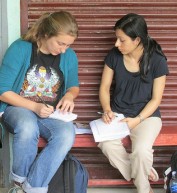
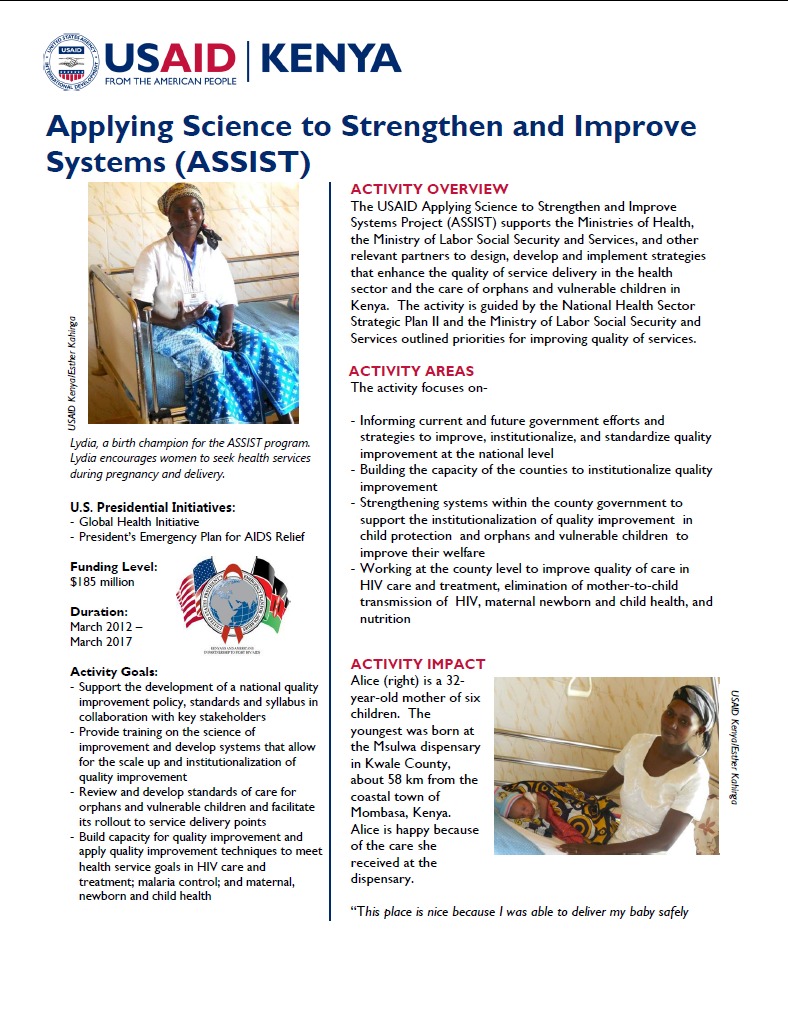
Comment
Make a general inquiry or suggest an improvement.